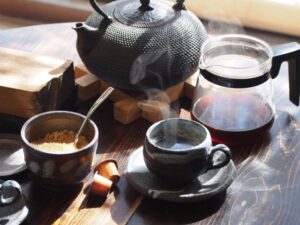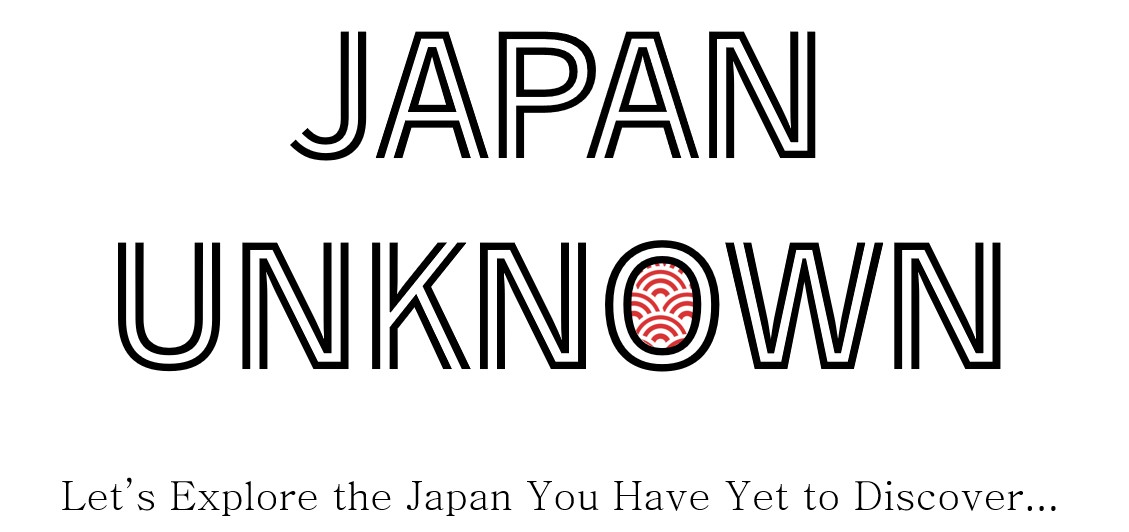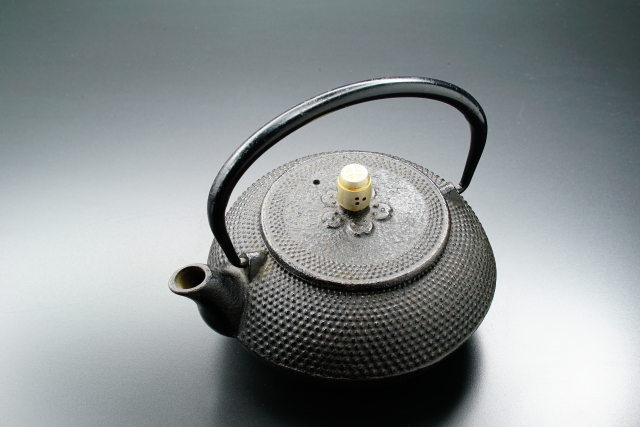Japan holds craftsmanship of which the world may be proud.
Pottery, textiles, lacquerware — each is a crystallization of techniques and aesthetic sensibilities refined over years.
Among them, ironware — hard‑edged yet capable of harboring warmth and quiet — makes a presence like no other.
And within that realm, none has earned greater esteem than Nambu Tekki.
The weight you feel when you hold it.
The black‑gloss surface, bearing the memory of flame.
Nambu Tekki is tool, it is art — and with every use it grows, as if alive.
It is far more than “just an iron vessel”.
It embodies the Japanese concept of yō‑no‑bi — that silent beauty which lives in functionality.
Four Centuries of Time Marked by Mastery
The origin of Nambu Tekki goes back to the early 17th century, in the Edo period.
It began when the Morioka Domain (formerly the Nanbu Domain), based around present‑day Morioka City in Iwate Prefecture, under its first domain lord Nanbu Nobunao, encouraged the casting of tea utensils.
This land was blessed with high‑quality sand‑iron ore, charcoal, and the pure waters of the Nakatsu River — an optimal environment for ironware production.
On top of that, the domain invited foundry‑masters from across Japan, nurtured their skill, and developed the foundation for technique and distribution.
Under the domain’s patronage, the craftsmen rooted themselves here and, refining their craft together, built a distinctive culture.
Thus, Morioka flourished as the city of casting, producing many master artisans.

The Nakatsu River, which flows through the city of Morioka in Iwate Prefecture
A Shape Like No Other, Born of the Craftsman’s Hand
The greatest appeal of Nambu Tekki lies in the extraordinary craftsmanship.
Molds are made of sand and used only once — meaning every piece is a “one-off.”
Even with the same mold, no two pieces are identical.
The craftsman discerns temperature and timing by feel; the finish is judged by unseen “sound” and “scent.”
Moreover, patterns are raised by hand on the mold’s surface.
The dot-pattern known as arare (hailstone) is formed by placing each dot one by one.
Though the pattern may seem simple at first glance, it is in fact the crystallization of hundreds or thousands of silent points of beauty.
The Nambu Tekki pieces born in this way — none the same.
Within each lies the time and intention invested by the craftsman, sharpening his senses and handiwork.
And the more you use it, the more it fits your hand; the more you look, it reveals a new face — truly, it can be called art.
Ironware That Speaks of “Wabi-Sabi”
“Wabi-sabi” is the Japanese aesthetic of finding beauty in imperfection and transience.
The passage of time’s changes is not mere deterioration.
The luster born of continuous use; the changing texture and sound each time you pour hot water.
All these are proof that the ironware is alive.
I myself use a Nambu iron kettle I acquired more than ten years ago in my daily life.
At first I was drawn to its weighty presence, but over the years it became familiar in my hand, and a deep gloss came to rest on its surface. It changes little by little, in harmony with its user’s hand and life.
And so one nurtures the Nambu Tekki.
That very unique presence thus nurtured is the essence of wabi-sabi.
The Apex of Functional Beauty — Tools that Stand by Daily Life
The attraction of Nambu Tekki lies not only in its form but also in its rooted practicality in everyday life.
An iron kettle transfers heat evenly throughout, allowing the aroma and umami of tea leaves to be fully extracted.
Its high heat retention contributes to stable control of cooking heat, elevating the quality of meals.
What’s more, a subtle but noteworthy benefit: during cooking, a minute amount of iron seeps into water or food. Because of this, it’s possible to take in iron naturally — a significant merit, especially for those mindful of iron deficiency.

When using cast ironware, a small amount of iron dissolves into the water or food, allowing for natural iron intake.
Beauty and functionality. Nambu Tekki combines both at a high level.
A symbol of yō-no-bi.
The harmony of tool-like reliability and the enrichment of daily life quietly tells of the aesthetic sensibility that the Japanese have cultivated over many years.
Beyond Eras, To Be Passed On to the Future
Nambu Tekki continues to evolve while preserving tradition.
In recent years, its value has been re-recognized both domestically and internationally, and pieces incorporating refined color palettes and modern design have appeared.
Yet, no matter how much its form or appearance may shift, at the core of Nambu Tekki lies an unchanging spirit — the earnest attitude of “use long and use well.”
In an age dominated by mass consumption, it reminds us of the values we may have lost sight of.

In response to modern needs, many pieces now feature contemporary designs.
Nambu Tekki is truly a “lifelong piece.”
It is more than simply durable.
Its beauty deepens with years; it matures slowly.
The beauty dwelling in iron.
That quiet radiance is precisely the Japanese spirit.





コメント